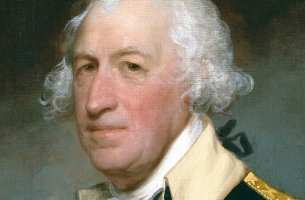Top 4 Interesting Facts about Horatio Nelson
One of the most well-known naval officers in history was Horatio Nelson. Throughout his career, Nelson has been surrounded by legends and tales. Nelson was ... read more...well-known for being famous, but he was also well-known for many other peculiar things. For example, he had a reputation for being eccentric and troublemaking. He was well-known to both his allies and adversaries, and he continues to this day to be regarded as a brilliant strategist. Here are some interesting facts about Horatio Nelson.
-
The National Maritime Museum owns two paintings that show Nelson as an intriguing and difficult man at the same time which is an interesting fact about Horatio Nelson. The first, started in 1777 by Jean Francis Rigaud, wasn't finished until 1781 after Rigaud had to make changes to reflect a sitter who had not only been promoted but also lost weight while on duty due to illness. But Rigaud undoubtedly portrayed Nelson's tenacious attitude, astute eye, and a strong feeling of self-assurance. These characteristics gave him a presence that captured the interest of almost everyone he encountered. In reality, Nelson quickly acquired a very powerful buddy thanks to his magnetism.
Nelson appears quite differently in the second picture. It depicts the damaged and medal-adorned hero that we have come to know and love, having been painted nearly 20 years later. Nelson agreed to pose for Lemuel Francis Abbott, who created a number of revisions to his original painting that updated the Admiral's attire and insignia as necessary.
Nelson's right arm had been amputated, and he was still in excruciating pain at the time of the initial sitting. His face displays the effects of his illness, exhaustion, and stress after extended periods at sea. Nelson's features, however, show his zeal and unyielding determination despite the fact that he is now nearly blind in his right eye. The more inward suffering he endured and his battle with his own conscience are not revealed by his outward appearance. He knew that his own marriage was basically finished because he was now much in love with Emma, Lady Hamilton, the aging Sir William Hamilton's wife in Naples.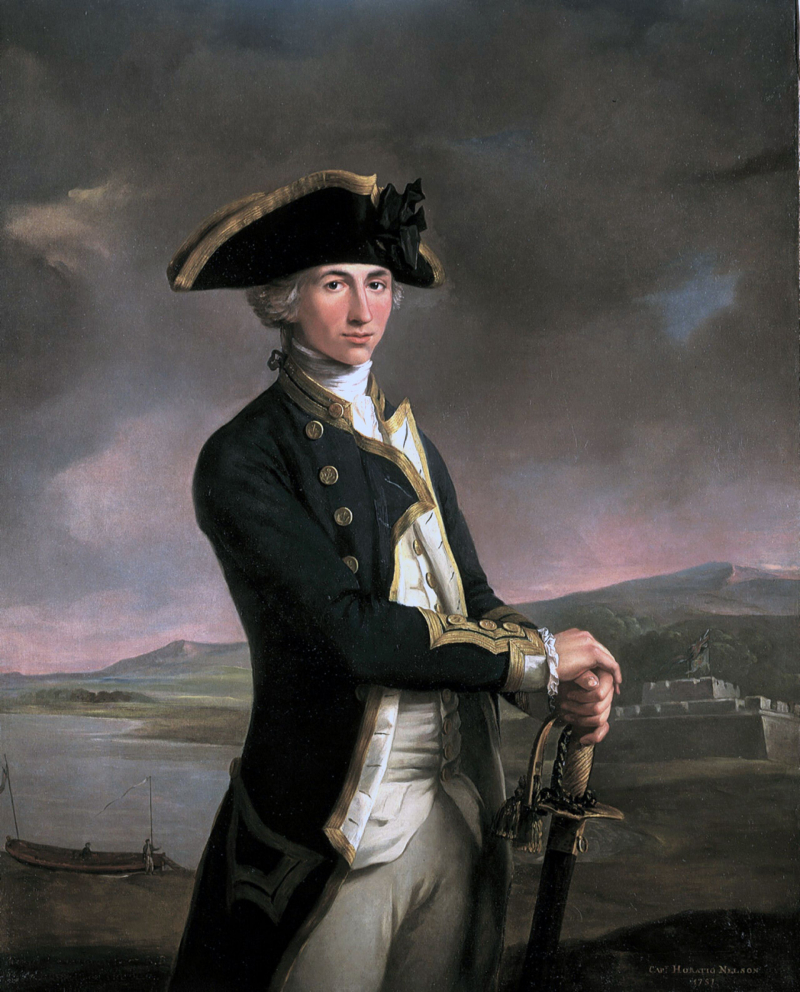
Photo: British Heritage Travel 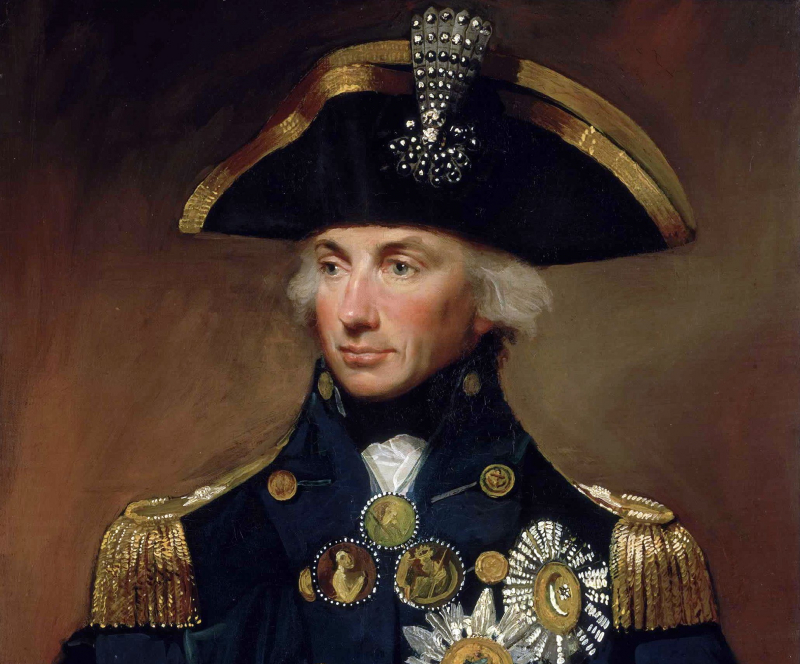
Photo: British Heritage Travel -
On July 12, 1794, early in the morning, Horatio Nelson suffered an injury to his right eye while taking part in the protracted invasion of Corsica which is one of the interesting facts about Horatio Nelson.. At this time, British troops were occupying the town of Calvin, and sandbags were used to fortify their position. When a sandbag was hit by an object, the sand and small rocks within struck Nelson in the eye. Nelson was in charge of the shelling of the enemy at the time. He received medical attention and a bandage on the wound, but he returned to work that day.
Nelson's injuries did not first appear to be serious, but he progressively started to lose vision in his right eye. He technically never lost an eye, although I realize this is a bit petty, and he also never wore an eyepatch because the eyeball was still in tact. In fact, Nelson laments that the Royal Navy first refused to give him his disability pension because they did not believe him that he was blind in one eye in a letter he addressed to a friend, Mr. Hoper, in 1797.
Because he was using his damaged eye to gaze through the telescope, he had to admit that he had missed the signal in order to retire. Since that time, he has also lost use of his right arm and eye. Continuous combat was not good for anyone, but he continued in his career despite this.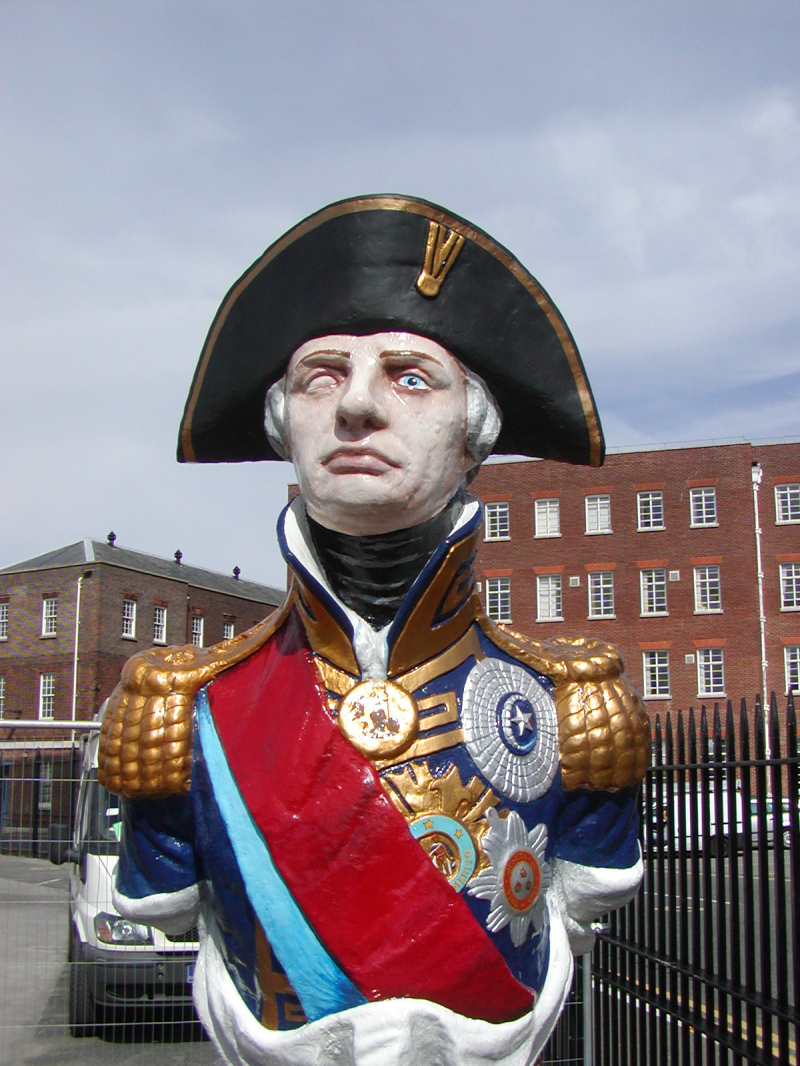
Photo: Classic Boat Magazine 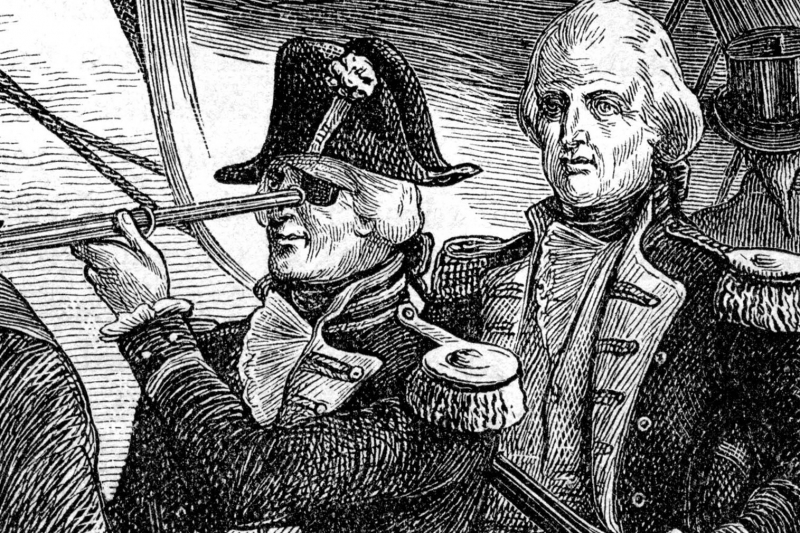
Photo: HistoryExtra -
Lord Horatio Nelson, the admiral, did not have a strong immune system. He was predisposed to many of the diseases that were prevalent in the eighteenth century since he was a little child, and once he joined the Royal Navy, he developed fevers that further diminished his stamina. Nevertheless, he was frequently injured and saw more action than most other officers. This new book explores Nelson's own contribution to enhancing the welfare of the men he commanded. Nelson's illness made him unusually conscious of the importance of health and fitness to the effective operation of a fleet. It includes things like better cleanliness, diet, and medical procedures.
Nelson insisted on cleanliness in his ships, went to great lengths to procure fresh provisions, and grasped the connection between mental and physical health. He also believed that prevention was preferable to cure. Nelson worked diligently to maintain the morale of his soldiers. Nelson had a substantial impact on naval health, which this book details in detail for the first time.
Despite having a distinguished career in the Royal Navy, Admiral Nelson was prone to seasickness. Horatio Hornblower, a fictitious character, inherited this quality from Nelson as a result of Nelson's illness. Horatio, Hornblower's first name, was similar to Nelson's, and Hornblower also took Nelson's first name as his own.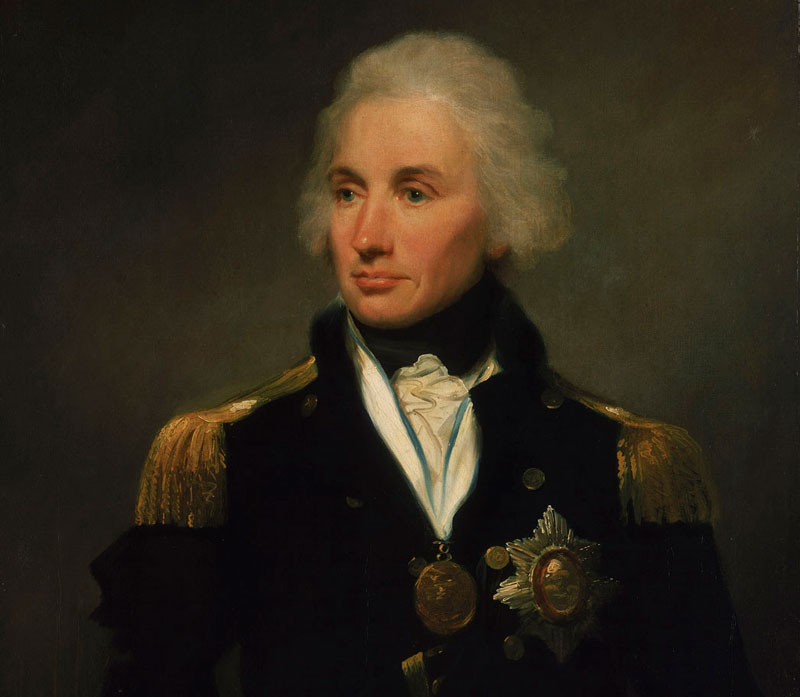
Photo: The Bath Magazine Video: Blackheath Halls -
Nelson's death at the Battle of Trafalgar was partially his responsibility. Nelson chose to wear his entire uniform and all of his medals during the combat, which made him quite visible to a French sniper.
Captain Thomas Hardy, a subordinate of Nelson's, saw that he was hurt and carried him below decks. Nelson reportedly said, "Kiss me, Hardy," knowing that he was going to die. Captain Hardy then kissed Nelson on the cheek.
William Beatty, Walter Burke, and Chaplain Alexander Scott were present for this event, which is captured in Arthur William Devis' 1805 painting "The Death of Nelson."
There were worries that Nelson's remains might decompose on the boat returning to England after he died at the Battle of Trafalgar. In the end, his body was transported as far as Gibraltar in a brandy cask.
The cast of the Victory was the last to the mast and was under a marine's protection. Nelson's body was transformed into a spirit for the trip back to London after arriving in Gibraltar. His face had to be covered when the body arrived in Greenwich because, by the time the swelling had subsided, it was impossible to identify.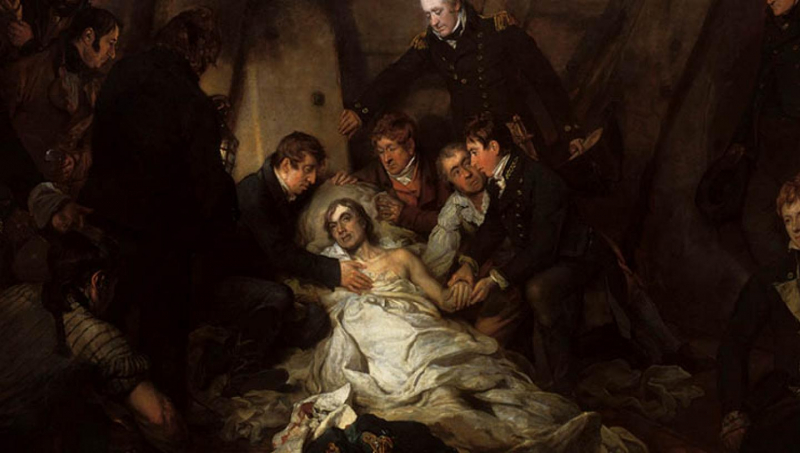
Photo: Royal Museums Greenwich 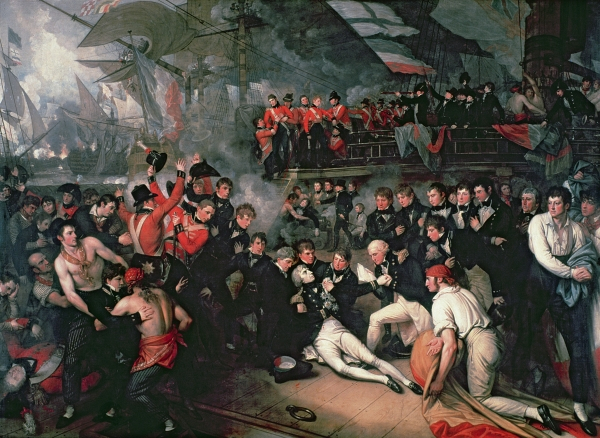
Photo: Wikipédia






